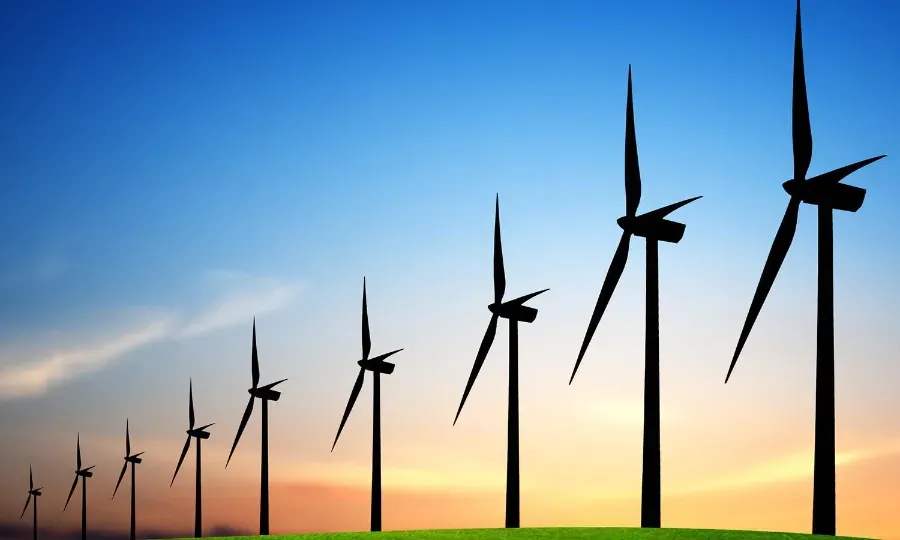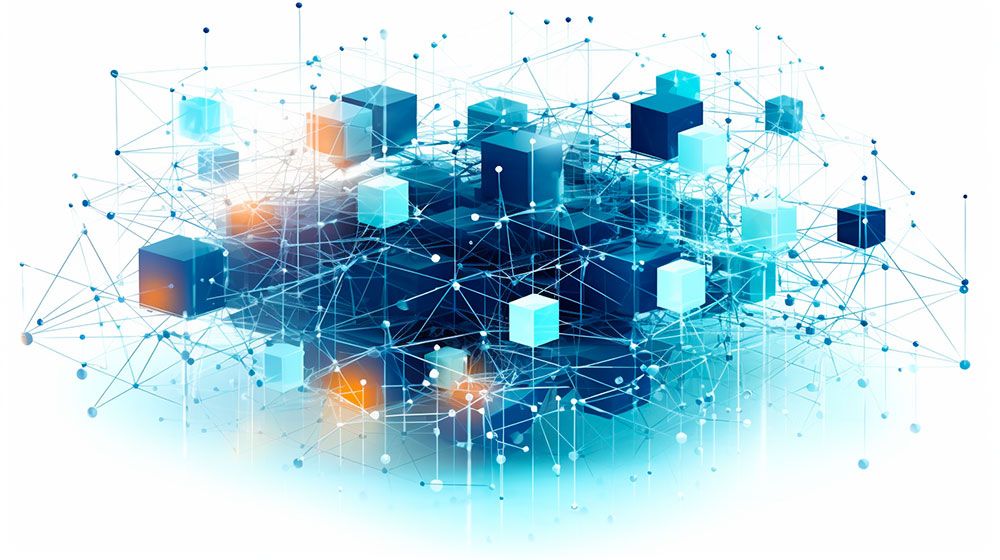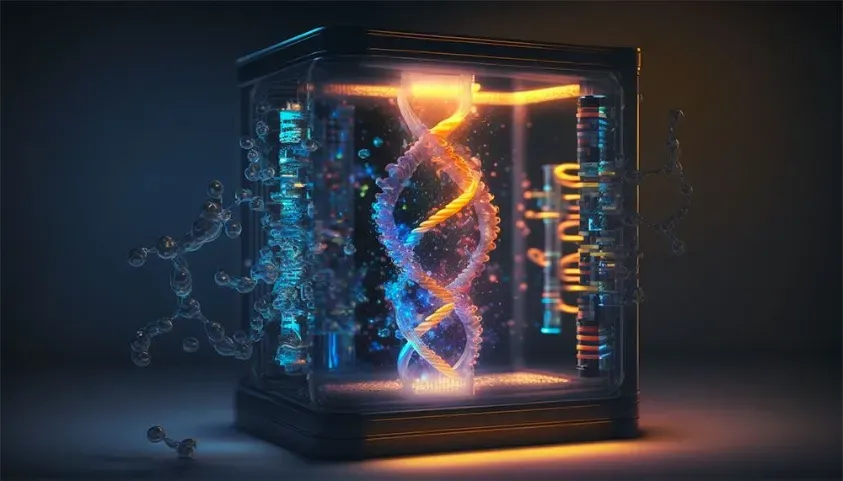How Big Data Can Reduce Our Carbon Footprint

Since the invention of the steam-machine in the 17<sup>th</sup> century we have come a long way in our energy supply and usage. We have created worldwide energy networks that deliver electricity to 75% of the world. Due to big data we can now take the next step in the evolution of energy. Big data can turn the existing old energy network into smart networks that understand individual energy consumption. This will increase efficiencies, lower prices and reduce our carbon footprint.
The Smart Energy Grid
In the (near) future, more and more appliances will have sensors. These sensors enable bi-directional communication between energy companies, smart meters and appliances in homes. When all appliances are connected to the internet via sensors, the energy consumption of individual devices can be monitored and adjusted if needed. More and more energy organisations are developing smart meters that already record consumption of electric energy in intervals. This information is returned to the energy company and it enables energy companies to understand and predict energy demand. It is only a matter of time before this is possible in real-time.
When more devices have sensors, products will be able to talk to each other as well as to the different networks. This will help energy companies to better understand and manage the energy utilization across their network. This is especially useful and important for the future of electric cars. Energy grids will not be able to cope with the peak in demand when consumers get home after work and plugin their electric cars all together. The more devices that have sensors and can talk to the energy network, the better energy companies can manage the distribution of energy across its network.
A true smart grid, however, is still far away. According to Bob Metcalfe (co-inventor of the Ethernet), a smart grid can deliver “squanderable abundance of cheap and clean energy.” He has created a vision for an internet-influenced smart grid called “Enernet”.
Such a smart grid will also prevent energy losses across the network as well prevent power outages. Sensor systems called synchrophasors can in real-time monitor the health of power lines, collect multiple data streams per second. This information can detect blackouts more easily and gives energy companies the possibility to respond faster and better when an outage does occur. The sensors can also detect how the energy travels across the network and where and when energy is lost. Delivering this information in real-time to the control centre at an energy company will give them the possibility to act in real-time if needed.
Battelle’s Pacific Northwest Smart Grid Demonstration Project is such a pilot smart grid, with 60.000 participants across five states in the USA. This project aims to determine whether smart grids are actually as valuable as we think and whether it is even economically making sense. A smart grid requires substantial investments in hardware and software. It will also increase data tremendously: going from one meter reading a month to smart meter readings every 15 minutes works out to 96 million reads per day for every million meters. The result is a 3,000-fold increase in data that can be overwhelming if not properly managed.
Change Consumer Behaviour
Consumers that can manage their own energy consumption based on real-time data and energy prices will probably change their behaviour. A smart meter can advice consumers to use a device later when the energy costs are lower due to forecasted demand. This will help energy companies better manage the energy demand. If the appliances (for example heaters) can determine themselves when the best time is to start working, based on set price ranges and energy demand in the network, this can be achieve even better results.
Forecast Demand and Prices
A smart grid that has connections with millions of appliances can predict the energy consumption. Monitoring how devices are using energy provides valuable data that can be analysed to create predictions regarding energy needs and possible shortages. This information can be used to deliver the right amount of energy at the right place and time. It can help to flatten the different peaks of energy across time and place. Energy distribution organisations can improve both customer satisfaction and regulatory compliance by reducing the number and duration of power outages. If energy companies can start making connections between network failures and events they can also begin to understand the patterns that could indicate network problems as well as pinpoint the locations and identify solutions in real-time.
When the smart grid flattens peaks in energy demand, the network will become more reliable. The problem at the current network is not so much the capacity of the network, but more the ability to cope with peak demands. Smart grids can help prevent extreme peaks that could cause a power outage.
Big data will also help to optimize energy trading and thereby better predict price volatility. Big data allows doing almost real-time sophisticated analysis of the energy market based on 1000s of different datasets. As energy prices are so volatile, it is worth being able to predict the prices based on these 1000s of different data sources. Predicting energy supply and demand helps organisations to sell energy profitably and hedge if needed. By understanding the market they can protect themselves against the volatile pricing of energy. In the end they will be able to deliver the energy cheaper, increasing customer satisfaction.
Future Investment and Maintenance
Insights generated from massive amounts of sensor data that come from the network can provide additional information about the quality of the network. It can help determine where future investments are needed and where maintenance is required. Instead of checking the network on regular intervals, big data tools can be used to monitor the equipment across the network in real-time and only take action when needed. This will save organisations a lot of money as unnecessary investigations are prevented. The same information will be useful to understand which investments will yield the greatest returns.
Vattenfall for example has installed sensor data within the wind turbines to predict when maintenance is needed. This will save the company a lot of money on unnecessary helicopter flights to the turbines and unnecessary maintenance as well as expensive consulting.
Big data can be also be used to improve wind turbine placement for optimal energy output. The constantly changing weather data on a micro and macro level can help organisations predict the best spots for their wind turbines or solar systems depending on where, on an annual basis, the most wind or sun is predicted. Combined with structured and unstructured data such as tidal phases, geospatial and sensor data, satellite images, deforestation maps, and weather modelling it can help pinpoint the best place for installation.
Danish energy company Vestas Wind Systems for examples uses IBM big data analytics to analyses many different datasets to determine the best place for each individual wind turbine. Placing wind turbines at the wrong spot can result in not enough produced electricity to justify wind energy investments and increase electricity costs.
The most important effect of big data applied in the energy sector is that the existing networks are becoming much more efficient energy grids. This will reduce energy consumption and reduce prices for consumers. Smarter energy management can keep overloaded grids running and prevent the need for building new and expensive power plants. Less power plants that deliver energy more efficient and at lower prices will affect our carbon footprint. So, in the end it might turn out that big data was the most sustainable technology, reducing our carbon footprint more than renewable energy sources.





